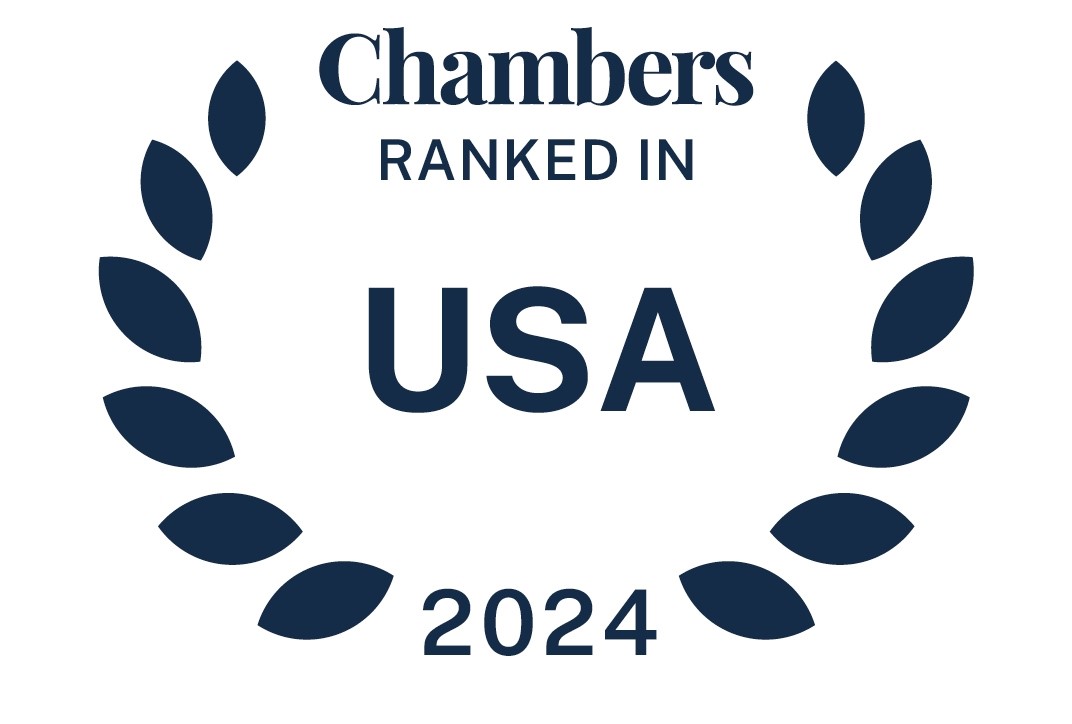On October 29, 2024, the US Department of Justice (DOJ) issued a proposed rule to implement US President Joe Biden’s Executive Order (EO) 14117. This order aims to prevent countries of concern from accessing Americans’ sensitive personal data and US-government-related data. The proposal specifically includes health data as a category of sensitive personal data that could be exploited. Health insurers, service providers to health plans, and healthcare providers should review this proposed rule closely.
read more

 Subscribe
Subscribe




